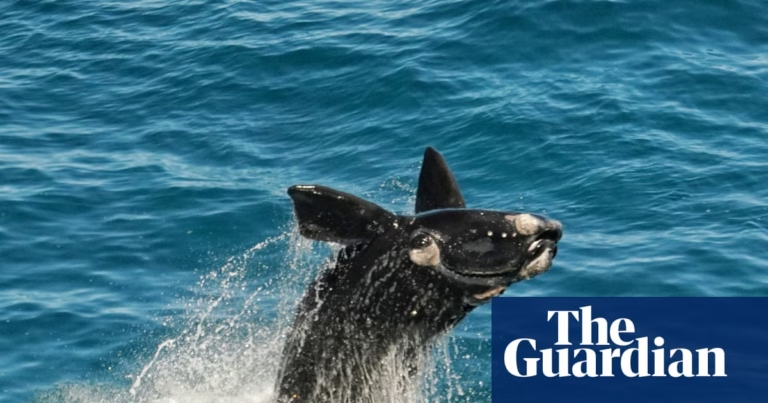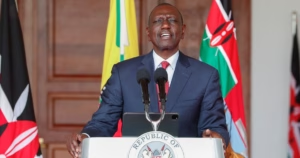Over 3,000 critically endangered Baw Baw frogs have been released in Victoria’s east as part of an ambitious conservation breeding program. Zoos Victoria’s reintroduction of the tiny froglets and 40 adult frogs into the Baw Baw plateau, located approximately 120km east of Melbourne, marks the largest such release in the program’s history.
With fewer than 500 individuals remaining in the wild, Deon Gilbert, a threatened species biologist with the zoo, expressed hope that many of the new recruits would survive and reinforce the declining population.
Releasing the froglets, which are roughly the size of a grain of rice and were meticulously raised by the zoo’s specialist amphibian keepers, was a nerve-wracking experience, Gilbert said. He stated, “You just hope for the best for all of them. It’s up to them from there.” Adult frogs can measure up to six centimeters long.
Once abundant, the Baw Baw species, which is exclusively found on a small patch of the Baw Baw plateau, has suffered a 98% population decline primarily due to a disease called the chytrid fungus. They also face additional threats from climate change, historic logging practices, and development.
Dr. Kirsten Parris, a professor and amphibian ecologist at the University of Melbourne, highlighted that the Baw Baw frog is one of Victoria’s rarest frog species, with very few people having seen or heard the “super cute” and “chunky” frog, given its limited distribution in a remote part of the state.
Baw Baw frogs have specialized reproductive strategies, which make it challenging for their populations to recover from threats like the chytrid fungus. They lay eggs in little nests in moist areas, with their tadpoles leading a semi-terrestrial life before turning into small frogs.
These unique reproductive strategies, including putting additional effort into their eggs but laying fewer of them, in comparison to more common frogs, make conservation efforts more complex.
The frogs’ entire reproductive cycle occurs underground without sunlight, with tadpoles surviving thanks to large yolk sacs due to the lack of sunlight. It could take four to six years for newly released froglets to mature, with some possibly living up to 15 years if they reach adulthood.
Gilbert expressed quiet optimism about the new batch potentially helping to bolster wild populations, following successful returns of smaller numbers of frogs in recent years. A recent survey at a trial release site, where no wild Baw Baw frogs had been recorded, revealed that the zoo-bred froglets were capable of surviving in the wild.
Finding frogs in the forest was described as “almost impossible” by Gilbert, particularly the Baw Baws, which often hide under soil and leaf litter. To aid in tracking, adult frogs were released with radio transmitters attached to a small belt around their hips.
The zoo’s team, including a trio of specialized wildlife detection dogs – Kip, Finn, and Sugar, trained to locate Baw Baw frogs, plan to monitor the new arrivals in October, during the chiaming period of male Baw Baws.
Gilbert emphasized that these recovery programs require patience and the importance of sharing hope and optimism when progress is made.
Source: https://www.theguardian.com/environment/2025/mar/07/endangered-baw-baw-frogs-set-free-victoria








